News
The Milnerton Lagoon: the interplay between wastewater management, energy supply, and the environment
By Lucas Lawrence
The Milnerton Lagoon is a beautiful stretch of water located between the Milnerton Mainland and Woodbridge Island in the City of Cape Town. Its sandy beach boasts spectacular views of the mountains and the ocean making it popular among locals and visitors alike. However, being situated downstream from nearby Potsdam wastewater treatment works (WWTWs) has slowly deteriorated the area and turned the lagoon into an infamous spot.
The problem plaguing the Milnerton Lagoon is far from subtle. For some time now, nearby residents have been voicing their frustration over a strong and persistent sewage stench emanating from the water. This issue has evolved into an ongoing battle between, residents, activists and city authorities. The heart of the issue lies in the deteriorating wastewater infrastructure, which has led to the unfortunate consequence of sewage seeping into the lagoon. The result? A foul odor that hangs over the area, rendering life unlivable for both local residents and visitors to this otherwise picturesque spot. Additionally, this environmental crisis has taken a toll on the lagoon’s delicate ecosystem, endangering marine life in the process and putting urban agriculture at risk.
Despite the outcry from residents and the evident environmental concerns, the city’s response has been described as frustratingly sluggish. This frustration led a local resident to form the activist group “Rethink the Stink” to raise awareness and demand solutions. After gaining some momentum, they teamed up with OUTA (Organisation for Undoing Tax Abuse) to try and hold the city accountable for the ongoing crisis at Milnerton Lagoon and the city at large.
Although the situation hasn’t been without its attempts at resolution, the issue continues to worsen due to other factors. Load shedding, for instance, only exacerbates the problem by causing additional sewage floods and spills. This causes a domino effect of sewage spillages starting at Potsdam WWTWs, running down the already-polluted Diep River, eventually reaching Milnerton streets, stormwater drains and the lagoon.
In response to the ongoing crisis, city authorities have taken some initial measures, including the installation of a sand sack wall near a sewage outlet on the river and the deployment of water pumps to redirect sewage spills back into the sewer system. However, these temporary solutions come with considerable added costs, as they require generators and staff to monitor them, especially during load shedding, and do not address the core of the problem directly.
The issue of sewage entering stormwater drain pipes is a significant concern due to the fundamental differences in how these systems function. The sewage system is designed to treat and process wastewater before releasing it back into the environment. In contrast, the stormwater drain system is entirely separate and is designed to prevent flooding by channeling untreated rainwater directly into natural bodies of water, such as the Milnerton Lagoon. When sewage infiltrates stormwater drains, it bypasses the treatment process, carrying contaminants and pollutants directly into the lagoon.
The situation at Milnerton Lagoon, while alarming, is unfortunately not an isolated case within the city. The reliance on temporary sewage pumps, generators, and monitoring staff is a scenario encountered in various parts of Cape Town. Many neighborhoods grapple with aging infrastructure, a growing demand for essential services and strained municipal resources. As a result, makeshift solutionshave become the norm in addressing wastewater management challenges. This broader issue highlights the pressing need for comprehensive and sustainable infrastructure upgrades throughout the city to ensure the long-term health of both its residents and its natural environments.
This situation also underscores the significance of the Water-Energy-Food nexus, where the interplay between wastewater management, energy supply, and the environment at large becomes evident. Effectively addressing these challenges will necessitate a holistic approach that considers the intricate connections between these essential aspects of community and environmental well-being.
Photo 1: The pavement has been temporarily raised to allow the sewage hose to pass underneath.

Photo 2: Where the drain meets the river.

Photo 3 and 4: The tip of the hose right at the mouth of the issue. The sand sack wall can be seen in the back.
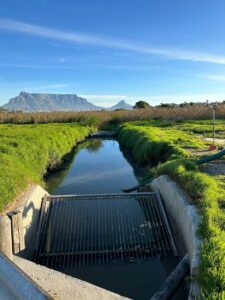

Photo 5 and 6: Street sewage inlet

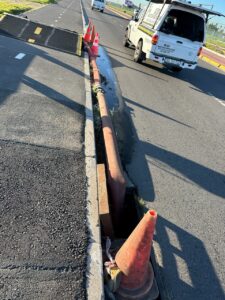
Photo 7: The pump
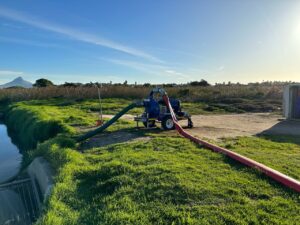



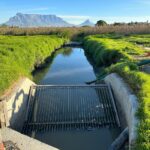
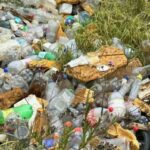
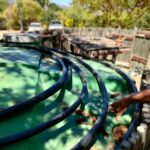
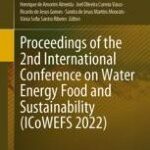
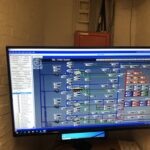


 © 2023 All rights reserved.
© 2023 All rights reserved.

